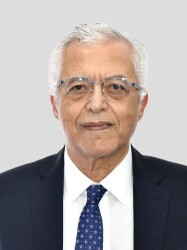BibTex format
@article{Giglio:2016:10.1245/s10434-016-5264-6,
author = {Giglio, MC and Giakoustidis, A and Draz, A and Jawad, ZAR and Pai, M and Habib, NA and Jiao, LR and Tait, P},
doi = {10.1245/s10434-016-5264-6},
journal = {Annals of Surgical Oncology},
pages = {3709--3717},
title = {Oncological outcomes of major liver resection following portal vein embolization: a systematic review and a meta-analysis},
url = {http://dx.doi.org/10.1245/s10434-016-5264-6},
volume = {23},
year = {2016}
}

